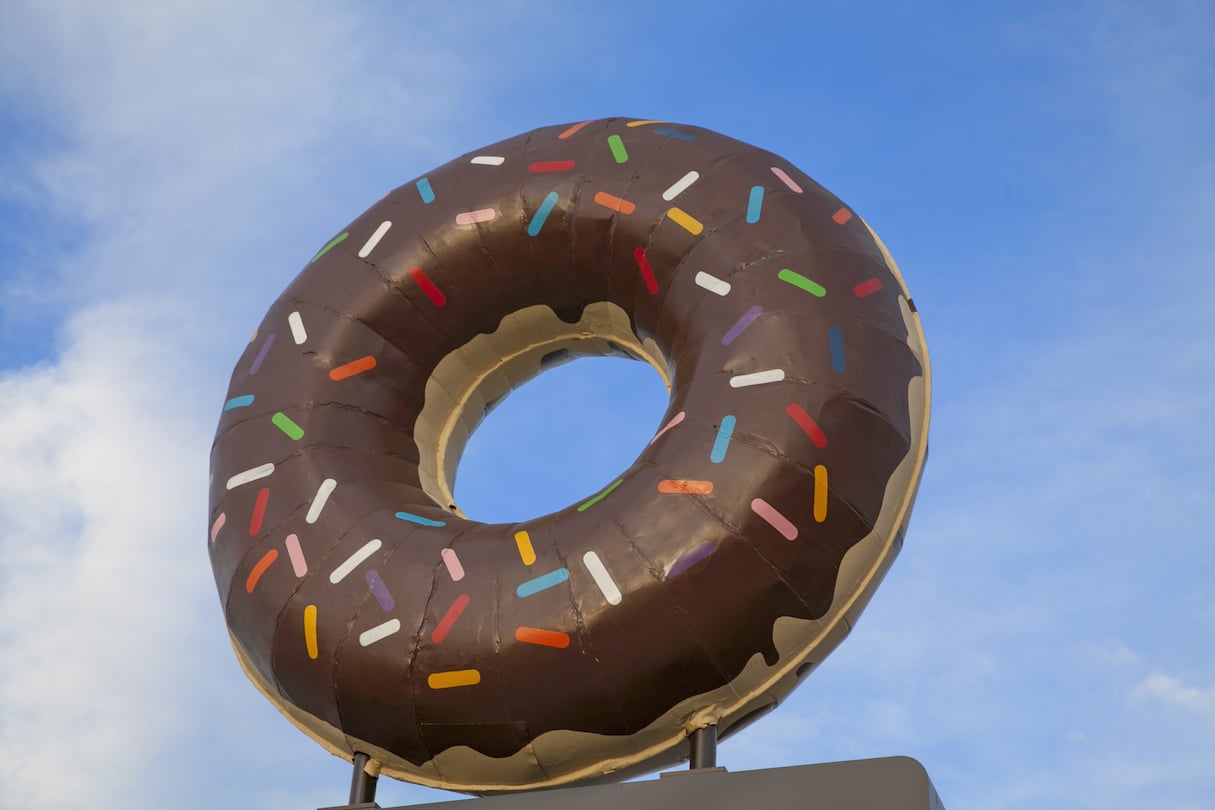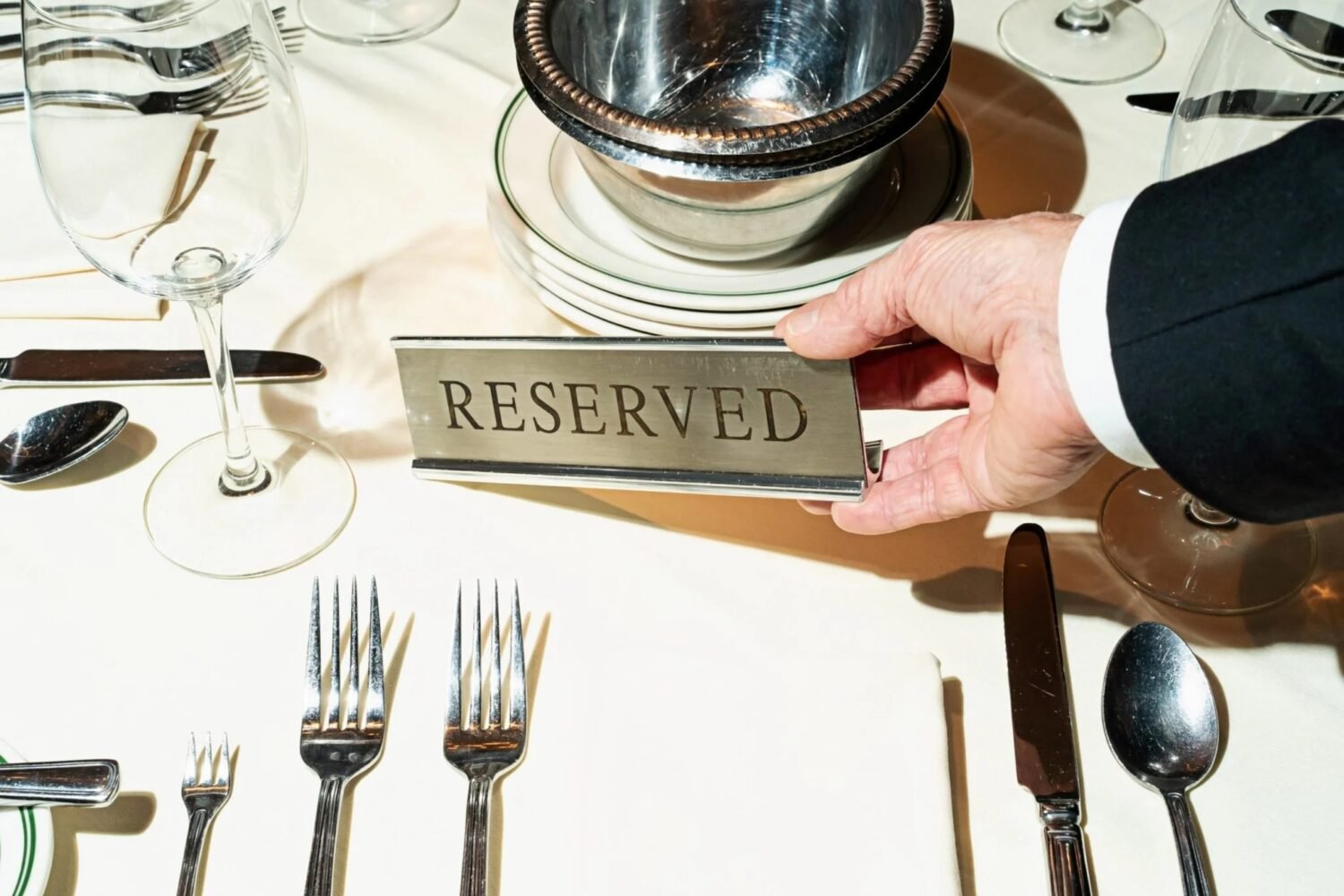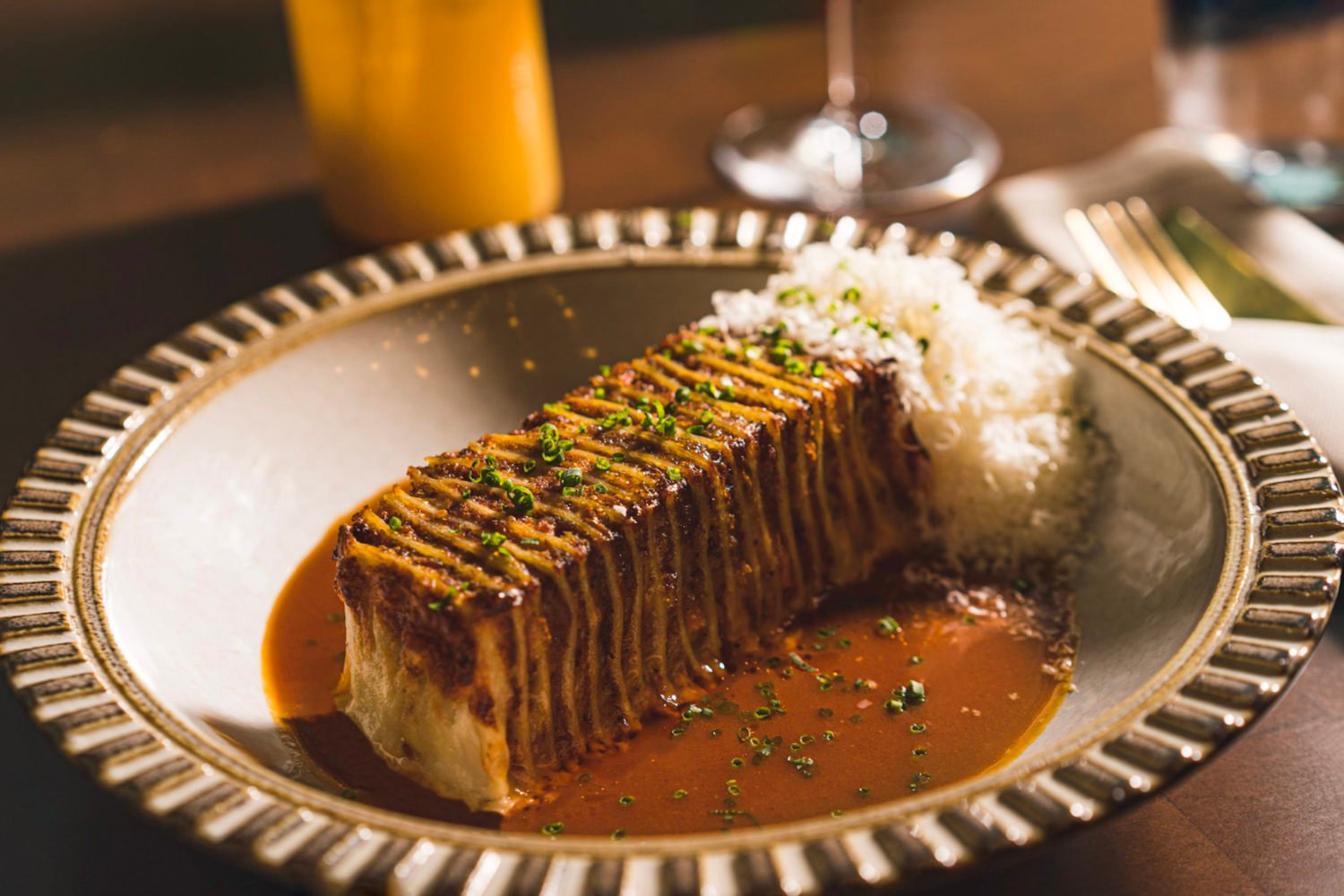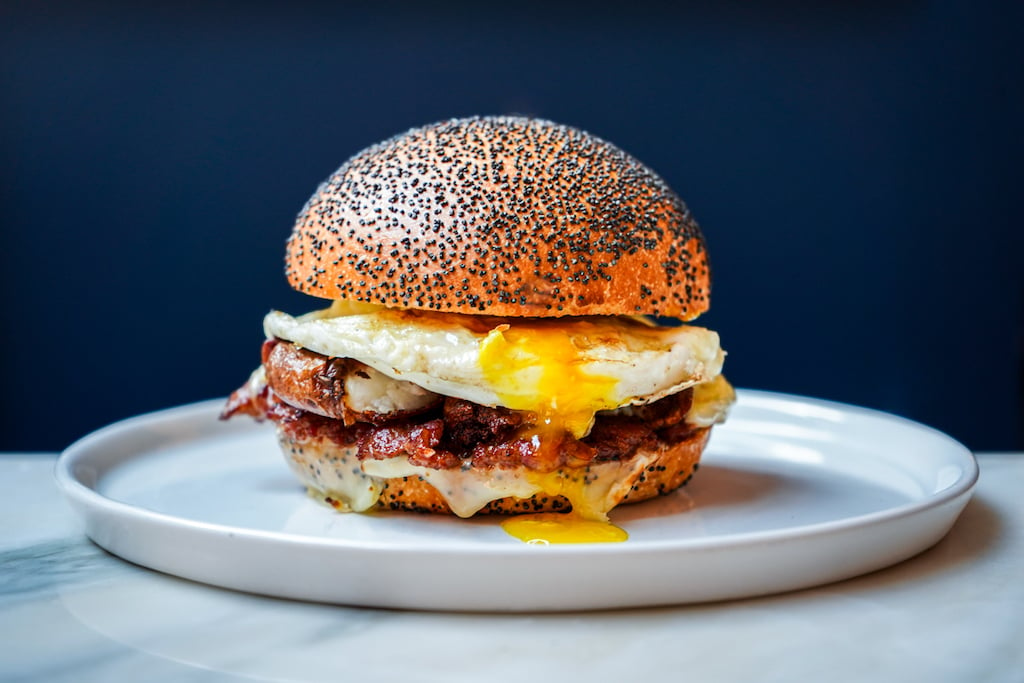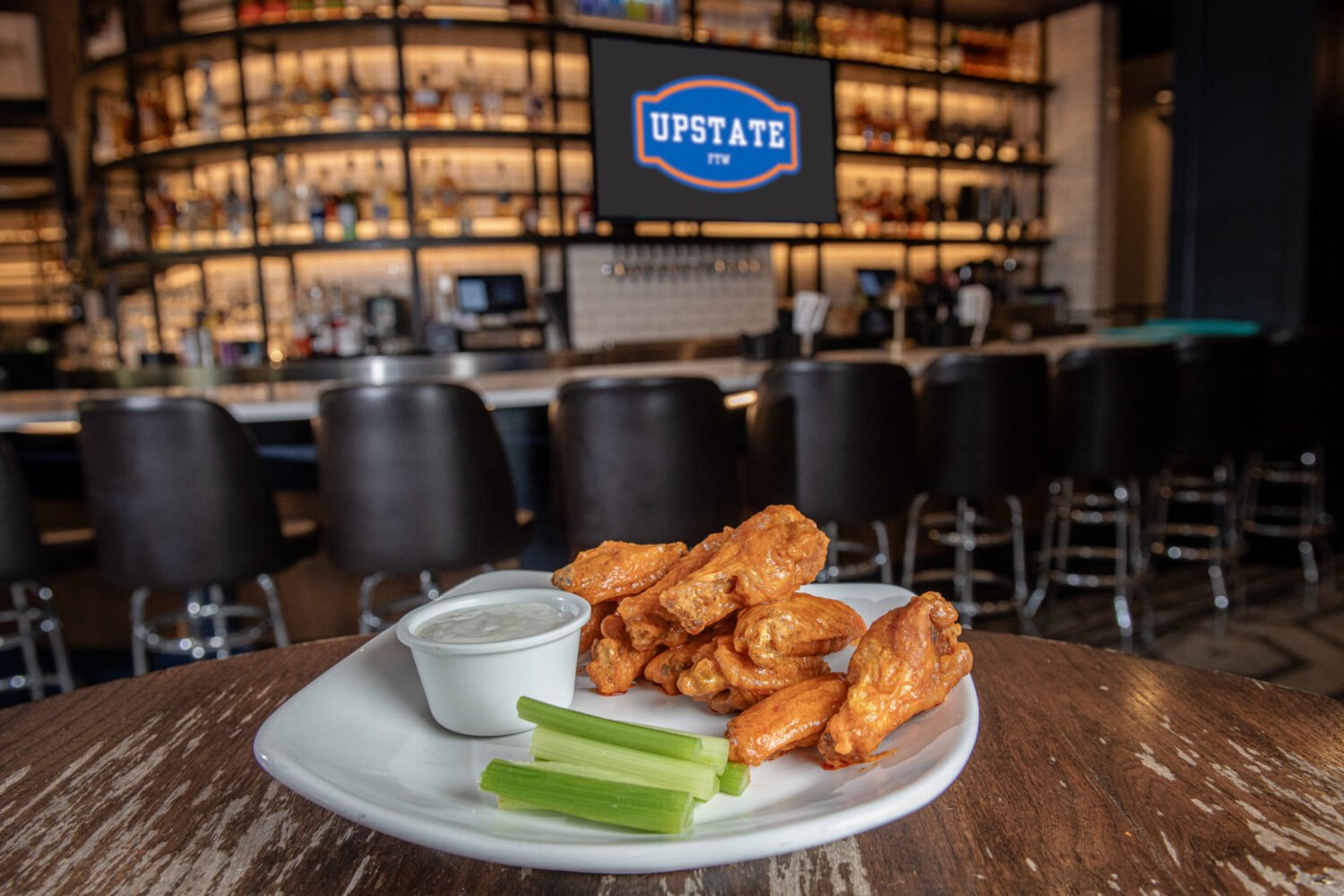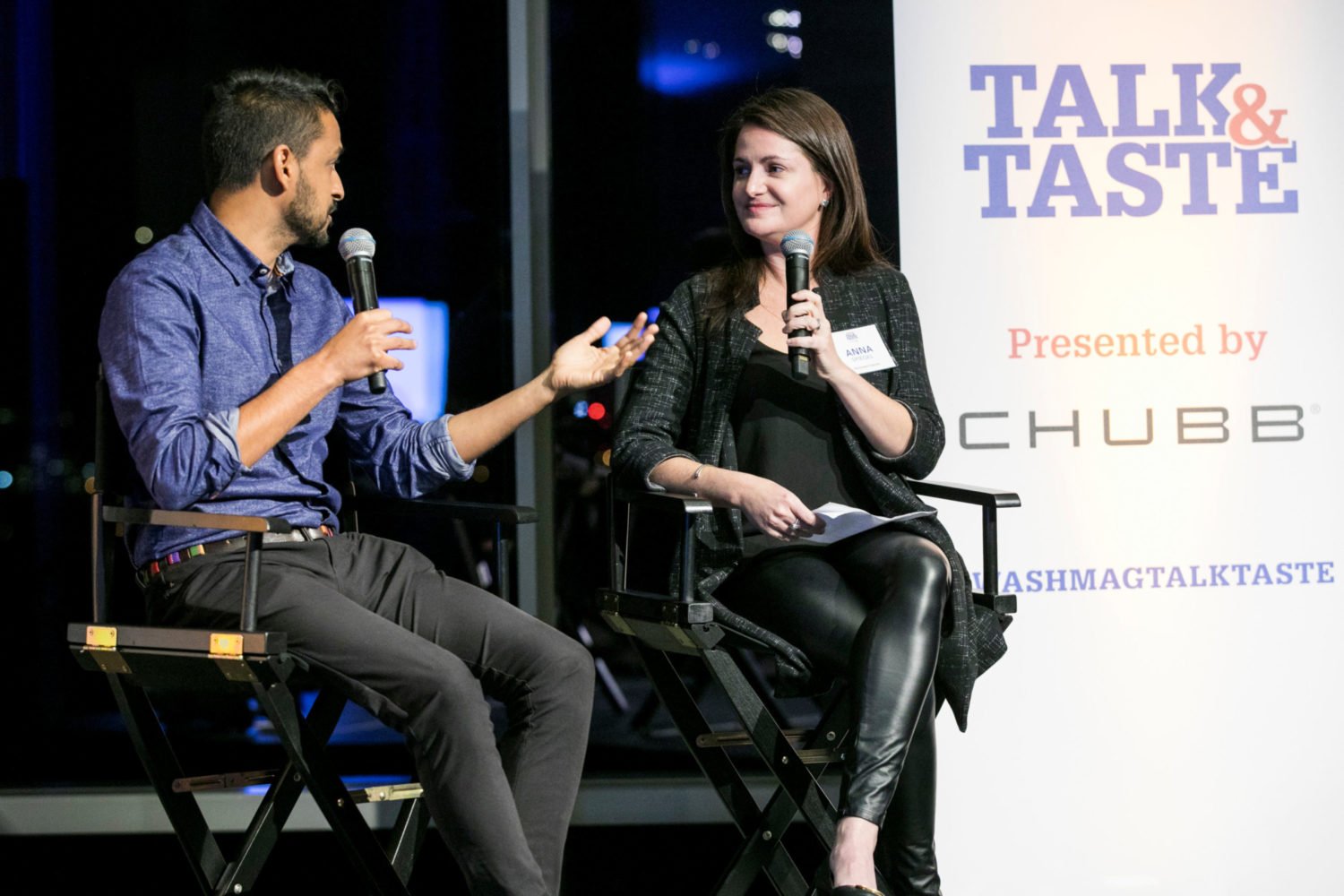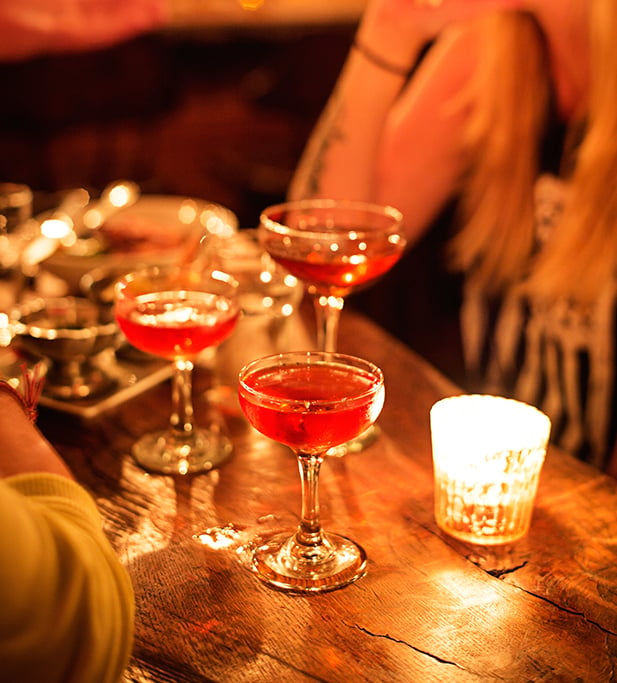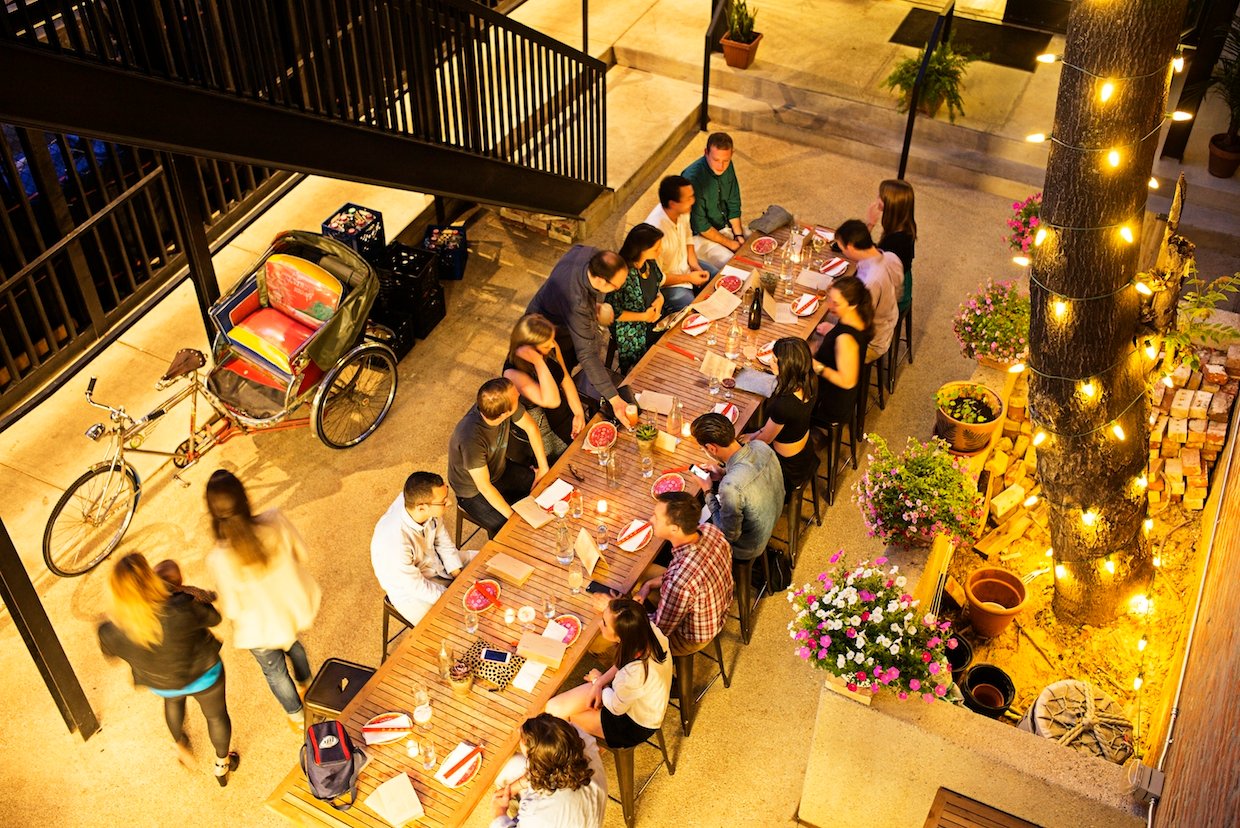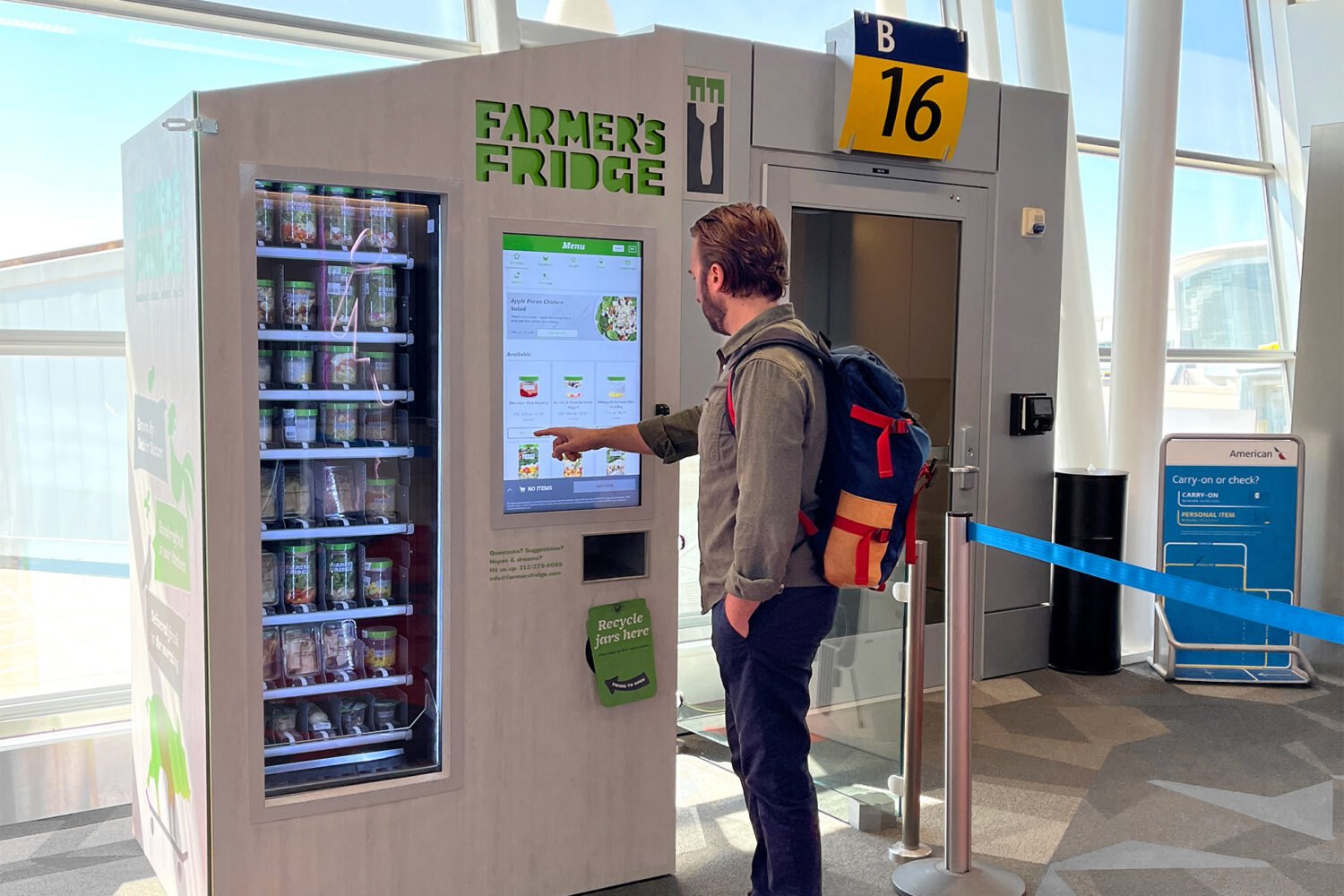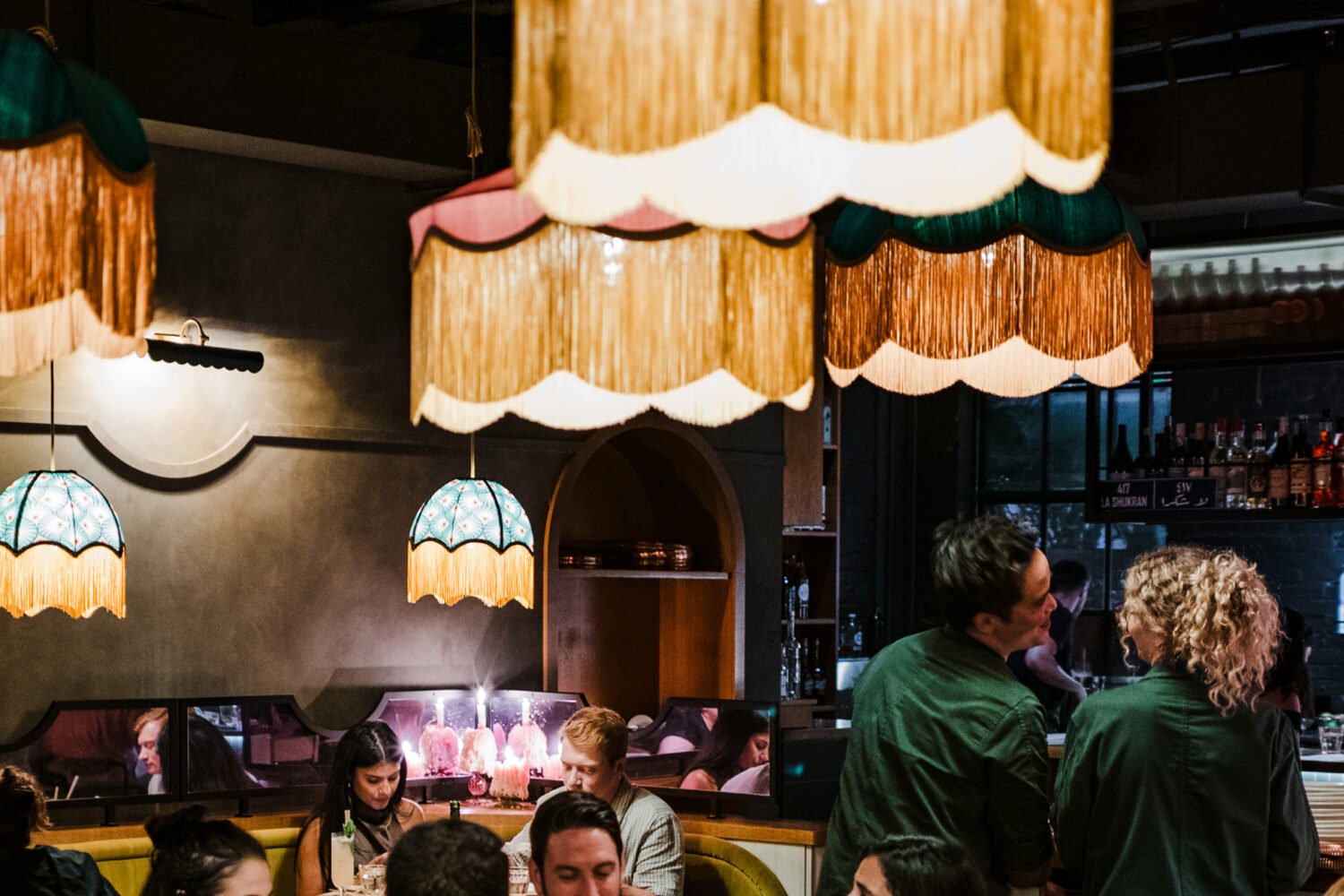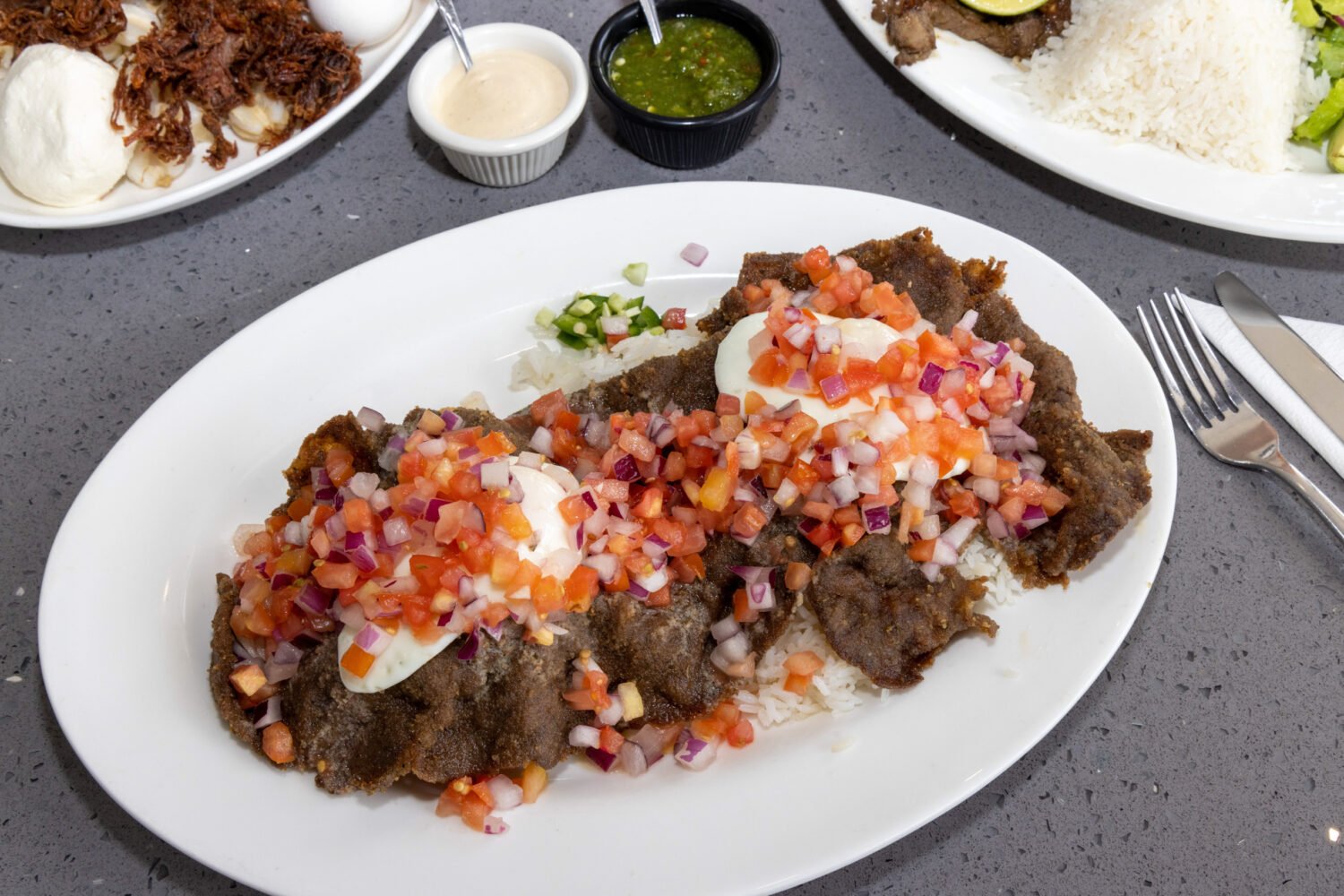
If you eat out more than a little, then you probably know some of the strategies for getting a good meal at a restaurant.
Here are three of my favorites, ones I make a point of emphasizing to all my friends.
If it’s a celeb chef vehicle, make sure to hit it in the first three months, before the chef quits town, taking with him every member of the parent operation who made things go so seamlessly (including those suits on the floor who surveyed the room like snipers, alert to the tiniest sign of distress). Vehicle or not, book a reservation for very early in the night or very late, when the kitchen is less slammed and has time to give its surgical focus to each plate that leaves the pass. Never, ever order the chicken breast (or the steak on a menu that otherwise exhibits no interest in simply seasoned slabs of meat.)
But here’s one that you probably don’t know, because advice-ticles of the sort that promise to help you maximize your time at the table are usually devoted to tips you can incorporate quickly, while this one may require you to alter your restaurant worldview.
Yes, really.
At the risk of sounding like the culinary equivalent of Dr. Oz, let me just say this: If you follow this simple principle, I can almost guarantee that you will eat better every time you go out to a restaurant. Not only that, but rarely if ever will you come away thinking that you’ve wasted your money or your time. (Alas, I can’t guarantee that you will look or feel better.)
Let me also say this, since teasing the reader seems to be a critical element of the advice-ticle: I’ve been a food critic for 12 years, and my time in the field—eating out ten times a week, on average—has only reinforced my belief that this principle is the foundation to restaurant happiness.
So what’s the principle?
Before I get to that, I want to point out (yes, partly to extend the tantrism, but also because context is important) that the food world is a highly stratified world, with discrete categories. At the very top is what used to be called fine dining; the term is no longer all that useful in this more casual age, when you can find superlative cooking and service in everything from speakeasies to taverns, so perhaps we should simply say that the top rung is reserved for those who deliver culinary thrills with every single plate. As in most societies, this is the smallest of the categories. At the bottom of the gastronomic ladder (and by bottom rung I am not referring to quality, only to cost), you have diners, dives, and—what we see in abundance in the DC area—ethnic mom ’n’ pops, which is to say, small, family-run operations with menus that allow you to armchair travel across the globe.
In between these extremes, you have—well, everything else. The middle is vast.
It includes the likes of Applebee’s and TGIFriday’s, but it also includes more sophisticated chains (in this area, think Cafe Deluxe and Mon Ami Gabi) that are engineered to be a couple cuts above the lowly likes of Applebee’s and TGIFriday’s, as well as restaurants that style themselves as being a couple cuts above the likes of Cafe Deluxe and Mon Ami Gabi—for example, places that fall under the banner of “neighborhood restaurant” and aim to deliver a meal for two (with drinks, tip and tax) for around $85-$90.
Most restaurants that call themselves bistros or cafes also come under this category. Any place that wants you to know that it exists to soothe your weary soul with “comfort food” belongs here. Some small, independent restaurants, the category beloved by the gastronomically adventurous, occupy this vast middle, too. Let’s call these spots upper-middle. The 14th St. corridor is filled with them. They offer just enough detail in the dishes to separate themselves from the good chains but not enough precision or innovation to qualify as elite.
The vast middle, in other words, is where most restaurants sit.
To put it more precisely: the restaurants that the vast majority of people think about when they thinking about going out to eat.
And you can probably guess by now what I’m going to advise you.
That’s right: ignore them.
If you want to be a happier, more fulfilled diner, then you need to ditch the middle. I would, if I weren’t making the rounds day and night as a critic.
That sounds glib and easy. Sorry. That’s my enthusiasm talking. It’s not easy. It’s in fact very hard.
To read most of the food media, you would think that the action lies in the latest trendy restaurant to hit town. In the new celeb chef bistro. In the cool neighborhoody spot with pig trotters prepared in the style of Buffalo wings and prime-time cocktails.
You have to be strong to resist giving in to what everyone is talking about or what everybody is doing and instead concentrate entirely on the margins.
But you’re a lover of good food, yes?
Then presumably what causes your salivary glands to activate is not a scene, or a dazzling setting, or the idea that you will have something to brag about the next day at the office with the preening air of an early-adopter (“That hot new place that just opened? Yeah, we went last night.”). Presumably what animates you is what comes on the plate. You’re a thrill-seeker, essentially—only instead of lighting out for the Alps or the rain forest you’re on a relentless, never-ending quest to sniff out deliciousness wherever you can find it.
OK, so maybe that’s just a tiny bit over the top.
But you want to eat outrageously well as often as possible. You want to make every meal count.
The best way to do that is to go low and go high.
What does the principle amount to, in practice?
Say, for example, that you eat out five times every two weeks (a formidable habit, but nothing exorbitant for an urbanite in an affluent city like ours). Say that, right now, five of those meals are at the kinds of bistros and cafes I just talked about. Average cost: $350-$400.
Under my high-low system, that money would be allocated a lot more effectively. Four of those meals would be at the low end. You’d slurp down a rich and aromatic bowl of pho, aka the Vietnamese penicillin, one night at one of the ubiquitous pho parlors in the area; the next, a platter of juicy charcoal-grilled kabobs and rice and the sticky sweet chickpea stew known as channa masala at Ravi Kabob, in Arlington. Maybe a fasting platter at an Ethiopian restaurant is calling to you, in which case you’d load up on mesir wot, kik alicha, and azifa at the wonderful Enat, in Alexandria. Or maybe you’re jonesing for the bright, fresh flavors of ceviche and tiradito, and decide to make the trek out to La Limeña, in Rockville. Total cost, for two, for this quartet of interesting, exciting meals: around $150-$200.
Not only do you give yourself a chance to explore the richness of the various cultures that make up the dining scene, which is its own reward, but with the $200-plus left over you can now splurge on a meal you might previously have deemed to be a save-for-special occasion expense. A meal that is not intermittently rewarding but rewarding through and through. A meal that justifies the considerable investment: not just expertly executed and properly pampering, but also exciting, memorable, a genuine discovery.
Lest you think that high-low is the narrow, perhaps jaded view of a critic who has spent a long time covering a scene, let me assure you that I am not the only one who espouses a philosophy of ditching the middle.
Earlier this week I spent some time talking with Trevor Corson, author of The Story of Sushi, a wonderful look at a fascinating and often mysterious industry. When he’s not writing long, engrossing narratives and teaching undergrads, Corson acts as a sushi “concierge,” hosting dinners at New York’s Jewel Bako for diners eager to learn more about Japanese food and culture.
I asked him how often he indulged in a meal at the restaurant, or a meal at a restaurant at a comparable level. About four times a year, he told me. The rest of the time, he said, he’s content to eat the “surprisingly good” California rolls at the grocery store near his home in Brooklyn. In between the likes of grocery store sushi and Jewel Bako, Corson said, it’s just not worth it most of the time. The quality of the fish isn’t that good. The chefs mask the flavors of the fishes with mayonnaise and lemon. The rice is poor. If you truly love sushi, he suggested, then you will respect it by not just eating any old expression of it.
Tyler Cowen, the noted economist and local food blogger who wrote An Economist Gets Lunch, suggested that there’s an economic and not just a gastronomic reason to eat at the extremes. The middle, he said, constitutes a kind of market inefficiency for the lover of great food. Not only do the restaurants lack excitement on the plate, but they’re frequently poor values, too.
Cowen, who is on the road a lot—I reached him in Singapore—described his own dining strategy thusly: “I save up for Michelin star [restaurants] in Europe, and go cheap in suburban USA, basically.” In other words, the very definition of high-low.
“For most people,” said Cowen, turning his gaze outward, “dining out isn’t about the food. So all kinds of experiences are created which are … useful … in some way, but actually poorly suited for those who loved food. TGIFriday’s is one example of many, but even better places are typically not worth it. … The bistros and cafes typically are not as different from Cheesecake Factory as they pretend.”
Characterizing these pretenders as “overpriced and bland and often selling something other than food,” he then asked: “When you get right down to it, how many places are better than [a hole in the wall selling] a four-dollar pupusa or bowl of pho?”
Many in the food world will find that to be inflammatory. Having consumed more than 500 meals a year for the past 12 years, I think he’s simply stating the obvious.
Granted, there are going to be times when you can’t avoid the middle. You’re out with a group of co-workers, say, and need to find a place that satisfies a multitude of tastes and needs. Or you’ve got family coming in, and need to keep the costs down for a big group, while also making sure that a not-so-gently aging aunt is going to feel “comfortable.” These are obligation meals. And there’s nothing much to be done about them, except to go along with the wishes of the group, which, by the way, is what a good chunk of the middle exists to serve—the needs of the many.
And as Cowen pointed out, going out to eat is more than just going out to, uh, eat. There’s something to be said, at the end of a long, hard day, for a restaurant where the host greets you with a smile and the bartender mixes a mean drink and the staff takes over and makes everything look easy.
The middle is often really good when it comes to these sorts of creature comforts.
At some middle-grade restaurants, the staff is so skilled at making you feel looked after, in fact, that you might be tempted to make some allowances every now and again.
Fine. But stay strong.
If you want thrills on the plate, if you want to eat well at every meal, you’ve gotta swing low and swing high.

